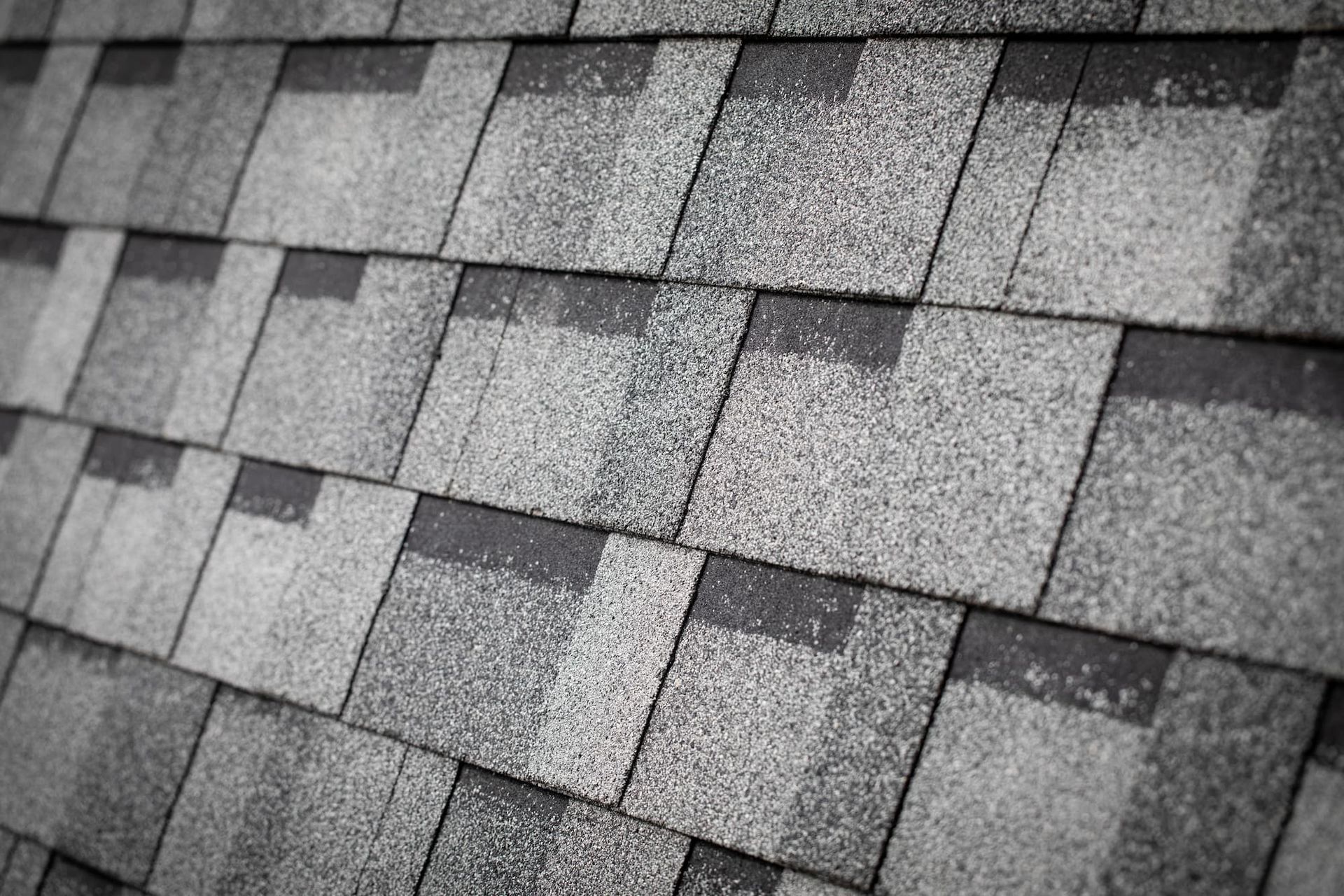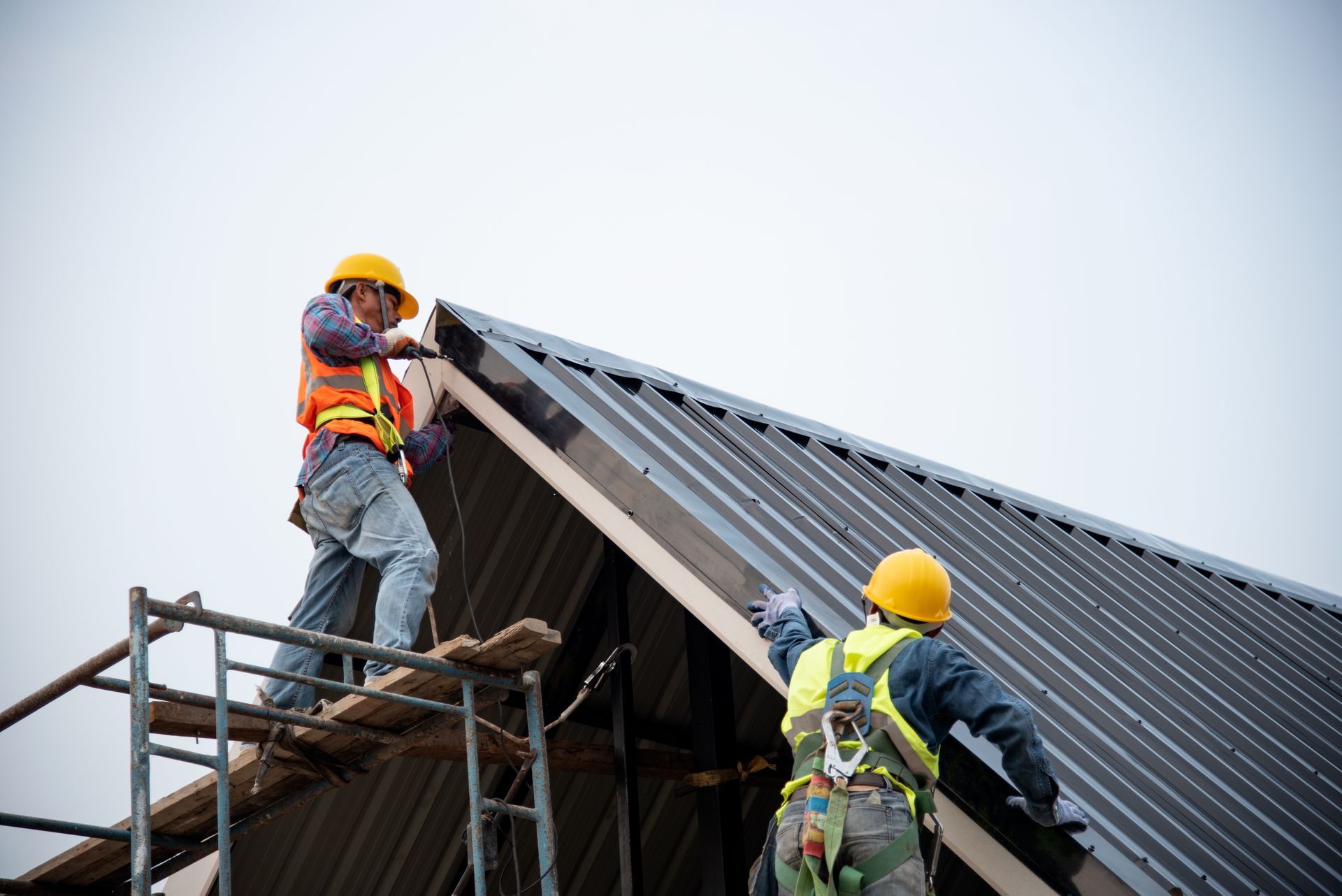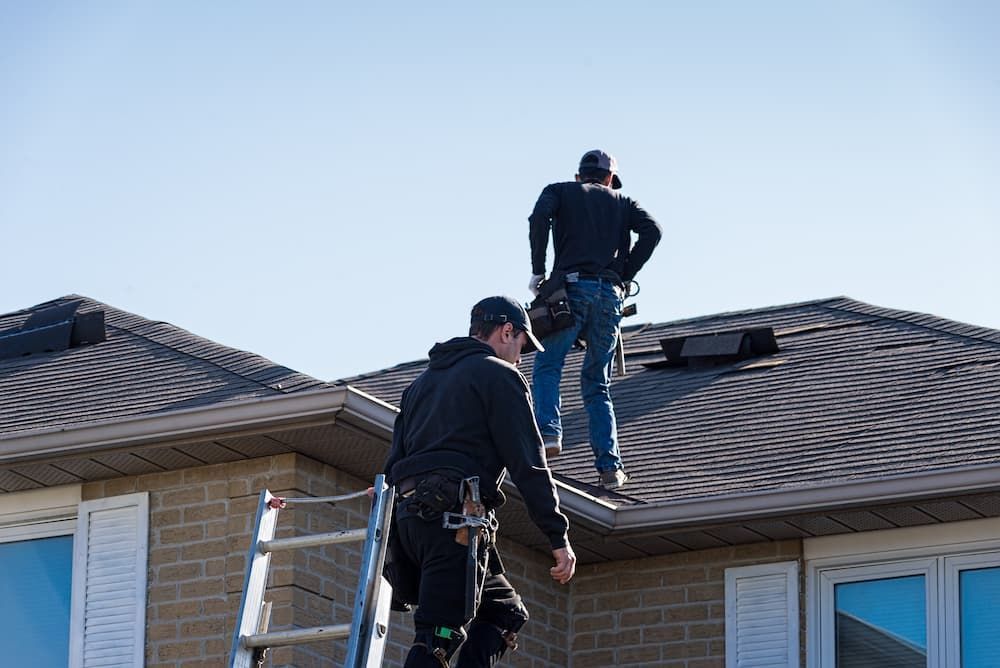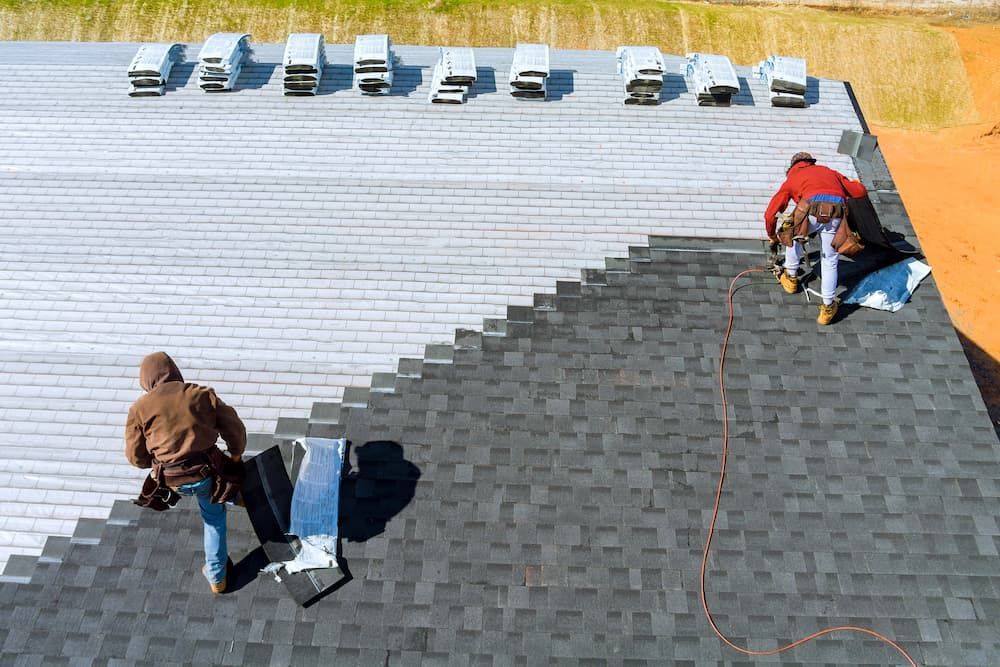What is Roof Flashing?
Roof flashing is a key component that protects buildings from water damage by creating watertight seals. For property owners in Nashville, Franklin, and Brentwood, understanding roof flashing can help ensure your building stays secure against leaks and structural deterioration. Proper installation and maintenance of roof flashing prevent costly repairs and extend the life of your roof.
So, what is roof flashing, and why is it so important? Learn more about roof flashing, the types available, and why professional installation is essential to maintaining your property’s structural integrity.
Understanding Roof Flashing
Roof flashing consists of thin strips or sheets of metal or other waterproof material that create a watertight seal around vulnerable areas of a roof. These areas include joints, chimneys, skylights, vents, and intersections where different roof sections meet.
Durable metal varieties are often used to ensure effectiveness. Properly installed flashing prevents water intrusion and helps maintain the overall stability of your roofing system.
Types of Roof Flashing
Galvanized steel, aluminum, copper, rubber, and lead are the most common materials used for roof flashing. The various types of roof flashing are designed for specific areas to ensure water stays out.
- Step Flashing: Multiple flashing pieces layered where the roof meets vertical walls to prevent water seepage into joints
- Continuous Flashing (Apron Flashing): A long material strip channels water from vertical walls onto the roof, commonly used around chimneys and dormers
- Valley Flashing: Installed along roof valleys to direct water into gutters and prevent pooling
- Drip Edge Flashing: Protects roof edges by directing water away from the fascia and into the gutters
- Chimney Flashing: Combines base, counter, and step flashing around chimneys for a watertight seal
Importance of Proper Installation and Maintenance
When done correctly, roof flashing installation prevents water infiltration and structural damage, while maintenance can ensure long-term effectiveness.
Regular maintenance can ensure that the flashing continues to perform over time. Flashing can deteriorate due to weather exposure without proper care and compromise the watertight seal, putting your property at risk for water infiltration and damage.
Recognizing Signs of Deterioration
Even the best roof flashing can deteriorate over time, especially when exposed to harsh weather conditions or poor installation.
Common signs of deteriorating roof flashing include:
- Rust or Corrosion: Metal flashing may develop rust spots, weakening its ability to repel water
- Cracks or Splits: Visible cracks in the flashing material compromise its watertight seal
- Separation: Flashing that pulls away from the roof or adjacent structures leaves gaps where water can get in
Roof Flashing Lifespan and Maintenance Tips
Roof flashing can last for decades if properly installed and maintained, but its lifespan depends on the material used and exposure to environmental factors. Aluminum and galvanized steel flashing typically lasts 20-30 years, while copper flashing can exceed 50 years with proper care.
Maintenance tips:
- Inspect Regularly: Conduct seasonal inspections to check for rust, cracks, or separation. Pay attention to areas around chimneys, skylights, and vents.
- Clean Debris: Clear leaves, dirt, and other debris from roof areas.
- Reapply Sealant: Reapplying sealant can restore the watertight barrier.
- Address Damage Immediately: If you spot signs of deterioration, contact a roofing professional for repairs to prevent further issues.
Regular maintenance ensures that roof flashing remains functional and effective, reducing the risk of water damage and extending the lifespan of your roof.
The Role of Roof Flashing in Roofing System Integrity
Roof flashing is integral to maintaining your roofing system's overall durability and effectiveness. By creating a watertight seal around vulnerable areas, flashing prevents water infiltration that can lead to structural damage and costly repairs.
Flashing directs rainwater away from the building. This cohesive system helps preserve the structural integrity of your property, providing long-term protection.
Protect Your Property with Professional Roof Flashing Services
Roof flashing is crucial in protecting your property from water damage. Proper installation and maintenance are essential for long-term durability, whether you're building a new roof or maintaining an existing one.
Intercept Roofing specializes in expert roof flashing installation and maintenance services for Nashville's residential and commercial properties. Contact us today for a consultation and ensure your roofing system stays firm and secure.
Featured Image: Artography / Shutterstock










